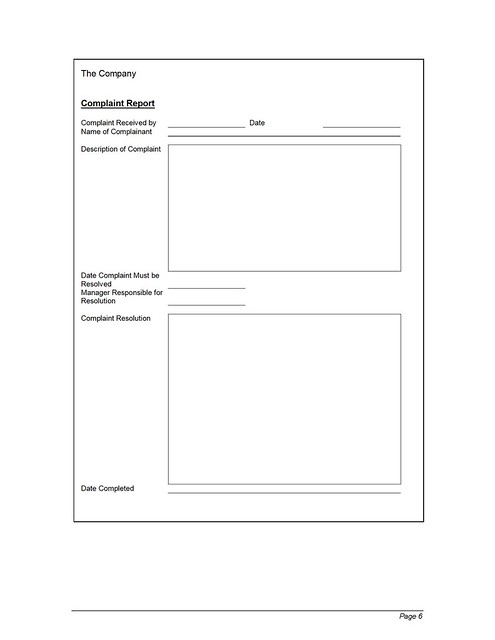Is it an App? Don't Assume Excess Regulatory Responsibilities - treat all inquiries as pre-qualifications. Every pre-qualification should show what is possible, not whether you can get a loan.
The use of the 1003 form confuses the question, particularly for brokers
The 2/14/17 Mortgage Call Report (MCR) prompted a waterfall of questions. Many of these questions center on which loans get reported. The confusion surrounds the phraseology of the MCR instructions, which seem contradictory. At the heart of the matter: Is it an application or something else? Another point became clear; people aren't using their LOS the way they should in preparing their submissions. Take the time now to learn how to generate custom reports that you can use to complete the reports.
One point we repeatedly try to make to industry participants - don't add to your regulatory burden by including prospects to your reporting pipeline. In the case of the Quarterly Call Report, you have to report your application activity. Here's the ambiguity; what does application mean?
According to call report documentation, an application is 1.) an oral or written request for extension of credit on a residential property. Clearly, then, an application is a request for credit. If your company policy allows verbal applications, or defines any other application methodology, including the 1003 Uniform Residential Loan Application, then that becomes a report-able application. Most companies defer to the 1003 date as the application date, whether the date completed by the originator or the date signed by the customer.
So is a rate inquiry or pre-qualification request an application? According to the NMLS' instructions, (#2) inquiries or pre-qualification requests which result in denial are treated as simultaneous application and denial. But that doesn't make any sense, because a pre-qualification simply is a discussion of available products - it CAN'T be denied, because it's not a request for anything. EVEN IF THE BORROWER AUTHORIZES A CREDIT REPORT, there is no request for a credit decision. The instructions force the lender to make the jump from pre-qualification to application. But this is a big jump for the lender to make. A pre-qualification request would never result in a loan approval, so why would it result in a denial. It's not a request for credit, it's a request for an eligibility determination.
Limit your use of 1003 as the tool to collect information - use a Pre-Application process
Lenders should pay close attention to how they define application within their own policies. This impacts HMDA, ECOA, and disclosures in addition to the MCR reporting information. By developing defined application paths which segregate inquiries from applications, you close many loopholes and tripwires which could result in under reporting. This also means that deciding to complete a 1003 for an applicant takes on new significance; someone who has signed a 1003 is no longer a prospect.
Brokers should carefully consider how their prospects convert to applications. As a pre-qualification inquirer, a prospect doesn't receive disclosures - there's no property address and no credit decision. This perfectly reflects the organizational capabilities of a mortgage broker. Taking applications using a 1003 form should be reserved for the customer who has found a property and is proceeding with a loan the broker has registered with a wholesale investor. This process eliminates all of the confusion about who is responsible for disclosures, as the wholesaler will send the LE and ancillary disclosures at registration, eliminating the possibility of incorrect disclosures resulting in a rejection.
A "Pre-Application" allows you to collect information necessary for a pre-qualification without creating a credit request.
Both lender and broker can benefit from a defined "pre-application" process. The gray area of inquiry no longer exists when the status is Application Not Taken Yet. This also allows the company to completely validate a customer's eligibility, prior to assuming a regulatory or reporting burden.
More on MCR and HMDA Reporting - Brokers don't deny loans
If you are not a creditor, you cannot approve a loan. By the same token, if you cannot approve a loan then you cannot deny it, either. Brokers who complete a 1003 form should dispose of that application within 30 days through the incomplete application process or customer withdrawal. A broker will never report a denial, merely withdrawals and cancellations.
To ensure you do this correctly, look at your complete application checklist, also known as the items needed worksheet. Does it have a date by which the customer must respond? If not, you need to change the form to add a date field; code that field to reflect 30 days from the date of application. You can automatically withdraw the loan if the customer doesn't respond. If the customer does provide documentation, but that documentation doesn't meet the guidelines of a program, or what was requested, you can respond with a cancellation or termination due to incomplete information. If the information does meet the requirements and an application was completed, forward the case on to the underwriter. If the rate that the borrower wanted no longer exists, advise the customer and withdraw the request.
The paradigm; don't take on regulatory duties that exceed the scope of your duties.





.jpg)
.jpg)














